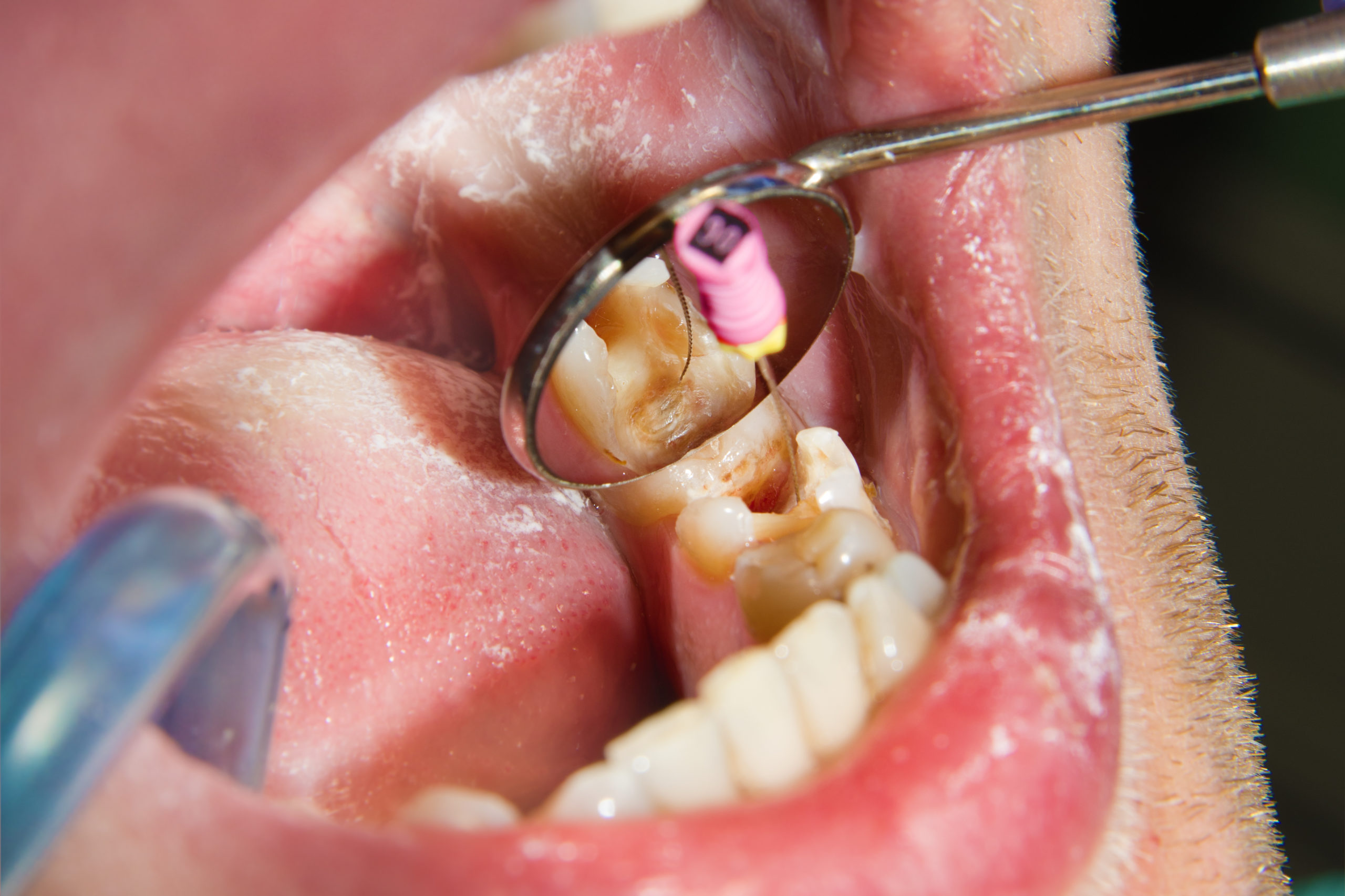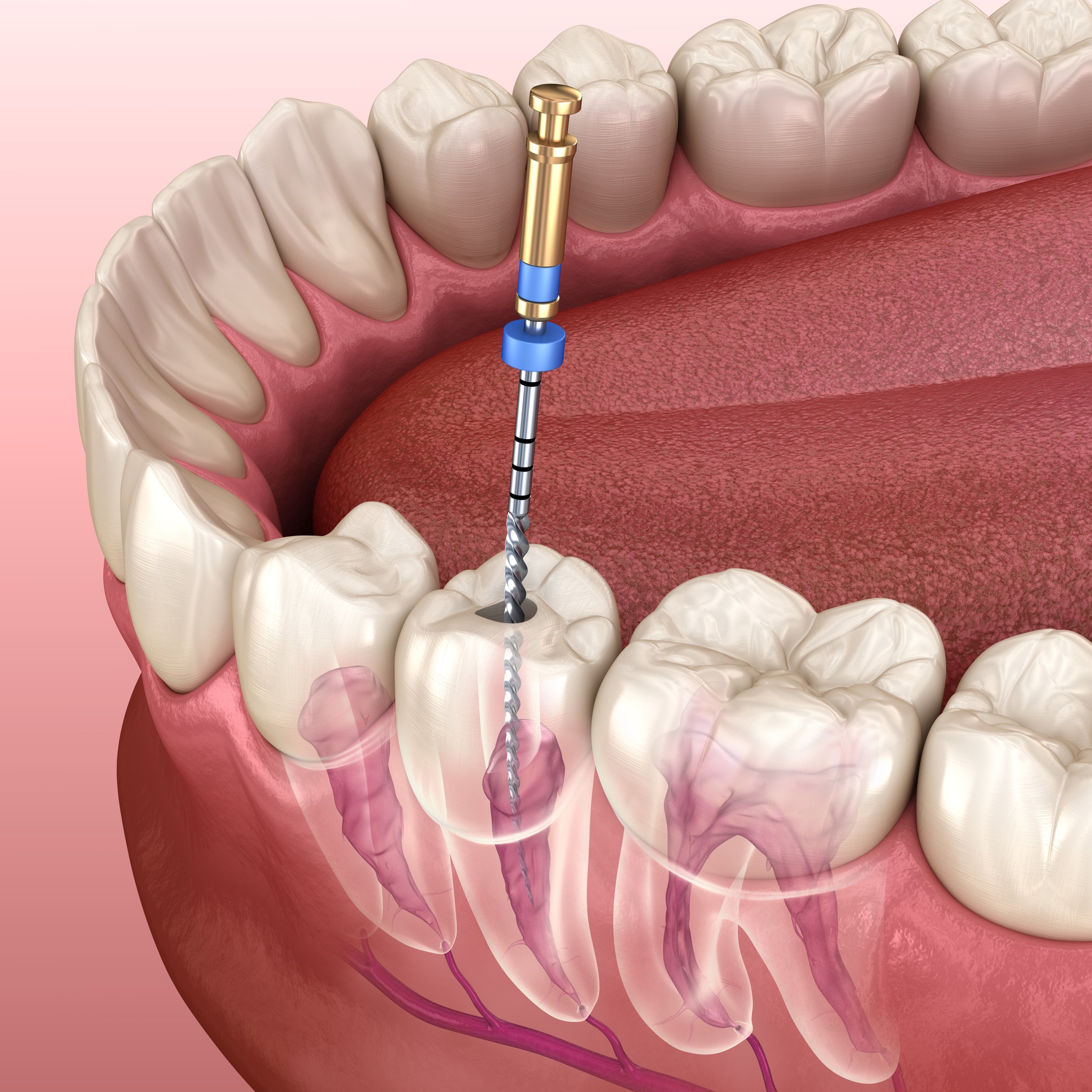What is A Root Canal Procedure and Why is it Performed?
In the realm of dental health, the term "root canal" often elicits a sense of apprehension or uncertainty. Yet, understanding what a root canal procedure entails and its purpose can demystify this common dental therapy. Root canal therapy, also known as endodontic treatment, is a crucial procedure aimed at salvaging a compromised tooth by addressing infections or damage within its core. Let's delve deeper into the intricacies of the root canal process and its imperative role in preserving dental health.
Understanding the Root Canal Process
Anatomy of a Tooth: A Foundation for Understanding
Before exploring the intricacies of root canal therapy, grasping the anatomy of a tooth is essential. Each tooth comprises distinct layers: the enamel, dentin, and pulp. The pulp, located at the tooth's core, houses nerves, blood vessels, and connective tissues, vital for the tooth's nourishment and sensory functions.

The Onset of Dental Issues: Causes and Symptoms
Dental problems, such as deep decay, trauma, or extensive cavities, can breach the protective layers of a tooth, facilitating the ingress of bacteria into the pulp chamber. Once bacteria infiltrate the pulp, it can lead to inflammation, infection, and subsequent discomfort. Common symptoms of an infected tooth include persistent toothache, sensitivity to hot or cold stimuli, swelling, and the formation of an abscess.
The Role of Root Canal Therapy: A Solution to Dental Woes
Root canal therapy emerges as a beacon of hope amidst dental distress, offering a viable means of salvaging a diseased tooth. Contrary to misconceptions, the primary objective of a root canal procedure is not to induce pain but to alleviate it while preserving the natural tooth structure. This therapeutic intervention aims to eradicate infection, alleviate symptoms, and fortify the tooth against future complications.
Delving into the Procedure: A Step-by-Step Guide
- Diagnosis and Assessment: The journey commences with a comprehensive dental examination, including X-rays, to assess the extent of damage and identify the affected tooth.
- Anesthesia Administration: Prioritizing patient comfort, local anesthesia is administered to numb the tooth and surrounding tissues, ensuring a pain-free experience.
- Accessing the Pulp Chamber: With precision and delicacy, the dentist creates an access opening in the tooth's crown to reach the infected pulp chamber.
- Cleaning and Disinfection: Specialized instruments are employed to meticulously remove the diseased pulp, cleanse the canal, and disinfect the internal environment.
- Filling and Sealing: Once the canal is thoroughly cleansed, it is filled with a biocompatible material, typically gutta-percha, to restore its structural integrity. Subsequently, the access opening is sealed to prevent bacterial re-entry.

Post-Treatment Care: Nurturing the Healing Process
Following the root canal procedure, conscientious post-treatment care is paramount to facilitate optimal healing and mitigate potential complications. Patients are advised to adhere to prescribed medications, maintain diligent oral hygiene practices, and attend scheduled follow-up appointments to monitor progress.
The Significance of Root Canal Therapy
- Preservation of Natural Dentition: Root canal therapy serves as a lifeline for preserving natural teeth, obviating the need for extraction and averting the consequential ramifications of tooth loss, including occlusal instability and bone resorption.
- Alleviation of Pain and Discomfort: By eradicating infection and addressing underlying dental issues, root canal therapy offers profound relief from debilitating toothache and discomfort, enhancing the quality of life for afflicted individuals.
- Restoration of Oral Functionality: Restoring the structural integrity of a compromised tooth through root canal therapy reinstates its functionality, enabling seamless chewing, speech, and oral aesthetics.
- Long-Term Cost-Efficiency: While misconstrued as a costly endeavor, root canal therapy proves to be a cost-effective long-term investment, circumventing the need for extensive dental interventions and prosthetic replacements associated with tooth extraction.
Conclusion:
In essence, root canal therapy epitomizes the amalgamation of art and science within the realm of dentistry, offering a beacon of hope for individuals grappling with dental distress. By comprehending the intricacies of the root canal process and its pivotal role in preserving dental health, apprehensions surrounding this therapeutic modality dissipate, paving the way for informed decision-making and proactive oral care. Embracing the transformative potential of root canal therapy heralds a paradigm shift, fostering a renewed appreciation for the resilience and vitality of the human dentition.
Comments
Post a Comment